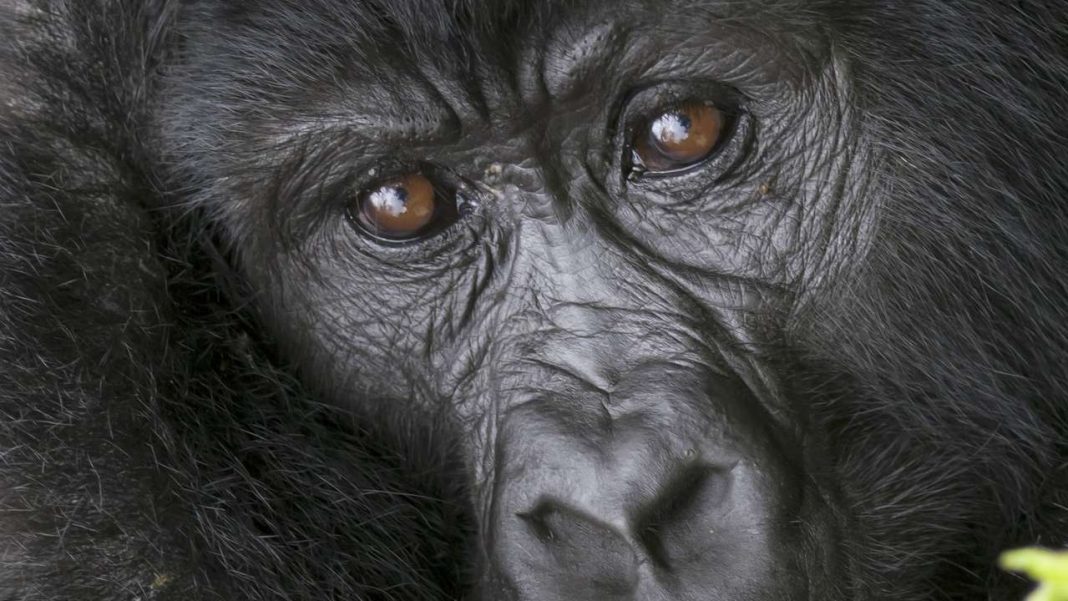Presently, gorilla tourism is of no doubt that one most valuable asset Uganda boasts of and remarkably, it is what sets it apart from other destinations in the world. Besides exciting moments that visitors get, gorilla tours today do play an incredible role in the country’s economy and since its launch, it has been one of the leading safari activities. It contributes about 50% of Uganda Wildlife Authority (UWA) income every year. Gorilla adventures date about 1991 for Bwindi Impenetrable Forest and within the less known Mgahinga National Park, gorilla visits started in 1993. It all began as a way to promote eco-tourism.
Gorilla tourism in Bwindi Impenetrable Forest began with Mubare and Katendegyere as the first groups to be habituated. By 1993, the two families were ready for trekkers on Uganda gorilla safaris to explore. Later, Katendegyere group disintegrated itself around 1997 and formed Ibaare-Habinyanja group. The 4th family to be habituated is ‘Nkuringo’ that also opened for visitor exploration in April 2004.
Despite the fact that gorilla tourism officially began in 1991, it had its own history in Uganda. Tourists used to pay a visit to Mgahinga Forest Reserve to search for these remarkable creatures around 1950s and late 1970s. Government of Uganda became concerned about haphazard attempts and by May 1989, it executed a complete ban on gorilla tourism in the country as measures were set in line with those in Rwanda and DR Congo where this adventure began way back.
In Mgahinga Gorilla National Park, Nyakagezi is the only habituated gorilla group that is set for tourism. 28 Years later, there are about 17 habituated families that are available for visitors to track while on safari in Uganda. They include among others Mubare, Habinyanja, Rushegura, Katwe and these are found within Buhoma region; in Ruhija area- you will find Oruzogo, Bitukura, Kyaguliro; Nshongi, Mishaya, Kahungye, Busingye, Bweza in Rushaga and lastly, Nkuringo region features Nkuringo and Christmas group.
For visitors who wish to enhance their experiences with these creatures, there are also two groups set for gorilla habituation experience. They include Bushaho and Bikingi within the Rushaga Sector. The increase in habituated groups also comes with increase in number of gorillas where today about 1004 of them are distributed within the jungles of Bwindi National Park and the Virunga Massif.
The Virunga Massif consists of three trans-boundary national parks; Mgahinga National Park in southwestern Uganda, Volcanoes National Park in northwestern Rwanda and the Virunga National Park in eastern DR Congo.
Due to ecological reasons, initially, only 6 visitors were allowed to track one group each day. Today, the number has been increased to 8 visitors who can do gorilla tracking in a habituated family per day. All this was aimed at harmonizing gorilla tourism in the respective gorilla area in relation to tariffs, standards and health matters. As well, due to increased demand, the cost for gorilla permits in Uganda increased from $350-$500 and presently, each permit goes at $600 per person in Uganda. The interesting part of it is that, the revenue collected from gorilla tours is given back to nearby local communities under revenue sharing scheme.
Significant increase in accommodation facilities
Unlike before, today, many lodges are distributed in and around Bwindi Forest National Park and Mgahinga National Park and this is one factor that makes gorilla safaris complete in Uganda. They include Gorilla Mist Camp, Gorilla Valley Lodge, and Nkuringo gorilla camp, Silverback lodge, Engagi Lodge Bwindi and many others. Budget lodges include Broadbill Forest Camp, Buhoma Community Rest Camp, Wagtail Eco Safari Camp and Nshongi Camp. Luxury safari lodges on the other hand include Buhoma Lodge, Chameleon Hill Lodge, Mahogany Springs Lodge, Clouds Mount Gorilla Lodge, Gorilla Forest Camp, Gorilla Safari Lodge, Ruhija Gorilla Safari Lodge, Volcanoes Safaris Bwindi Lodge and many more. In Mgahinga Gorilla National Park, they include Mount Gahinga Lodge, Mucha Hotel Kisoro, Kisoro Tourist Hotel, Traveler’s Rest Hotel Kisoro and Amajambere Iwacu Community Camp.
How to get to Bwindi and Mgahinga National Park while on gorilla safari in Uganda
Bwindi Impenetrable Forest and Mgahinga National Park can be reached either by road or by air. By road, you will spend about 8-10 hours from Kampala/Entebbe to Kabale/Kisoro. By air, you can take a flight from Entebbe Airport or Kajjansi airfield and you land into Kisoro airstrip where you can easily drive to Bwindi National Park or Mgahinga National Park.




















